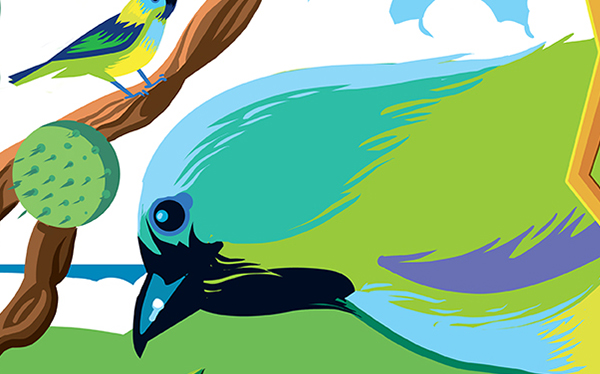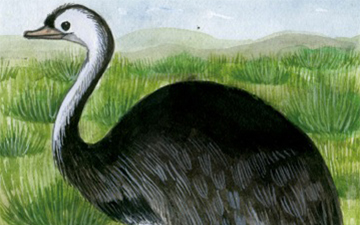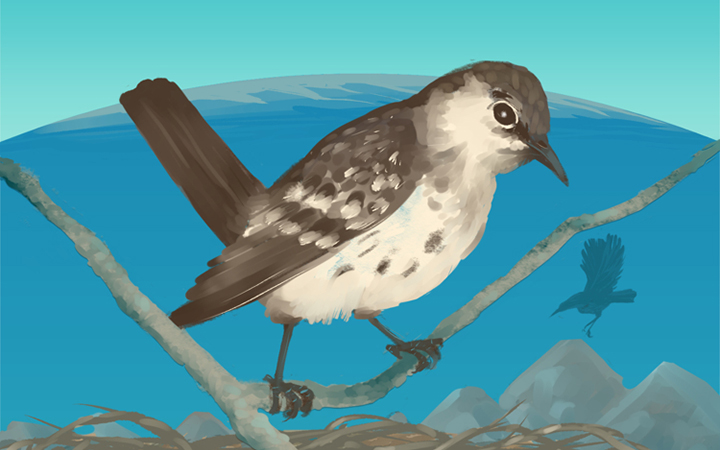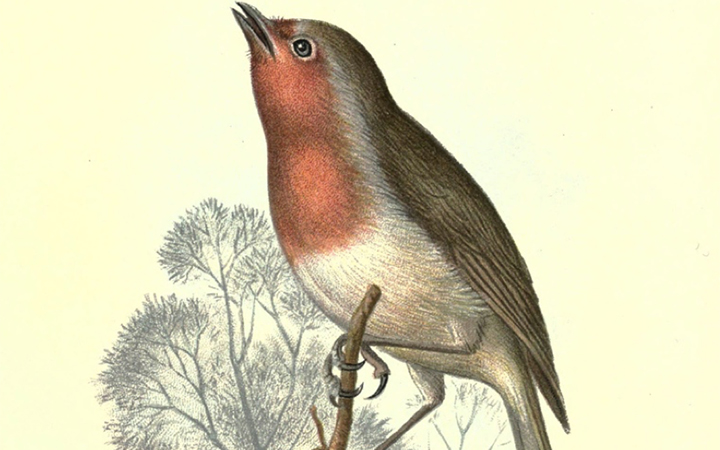Aves

Darwin’s Tanager
Pipraeidea darwinii


3 POINTS
Play: Darwin’s Tanager has a FLIGHT of 2.
Fact: The Darwin’s Tanager is considered a separate subspecies from the blue and yellow tanager, because it has a green back instead of a black one.

Darwin’s Rhea
Rhea pennata



3 POINTS
Play: Darwin’s Rhea has a MOVE of 2.
Fact: Darwin was searching for this bird, and first came across it on his dinner table when Conrad Martens, an artist on board the H.M.S. Beagle, accidentally shot one for a meal.

Floreana Mockingbird
Mimus trifasciatus


3 POINTS
Play: The Floreana Mockingbird has a FLIGHT of 2.
Fact: The Floreana Mockingbird is critically endangered and is on the brink of extinction.

Robin
Erithacus rubecula


2 POINTS
Play: The Robin has a FLIGHT of 2.
Fact:bThe avian magnetic compass of the robin has been extensively researched and uses Vision Based Magnetoreception.

Common Chaffinch
Fringilia coelebs


3 POINTS
Play: The Chaffinch has a FLIGHT of 2.
Fact: The Chaffinch’s powerful song is very well known, and its fink or vink sounding call gives the finch family its English name.

Galapagos Hawk
Buteo galapagoensis



6 POINTS
Play: This hawk has a FLIGHT of 2.
Fact: Darwin on the hawk: “A gun is here almost superfluous; for with the muzzle I pushed a hawk out of the branch of a tree…”